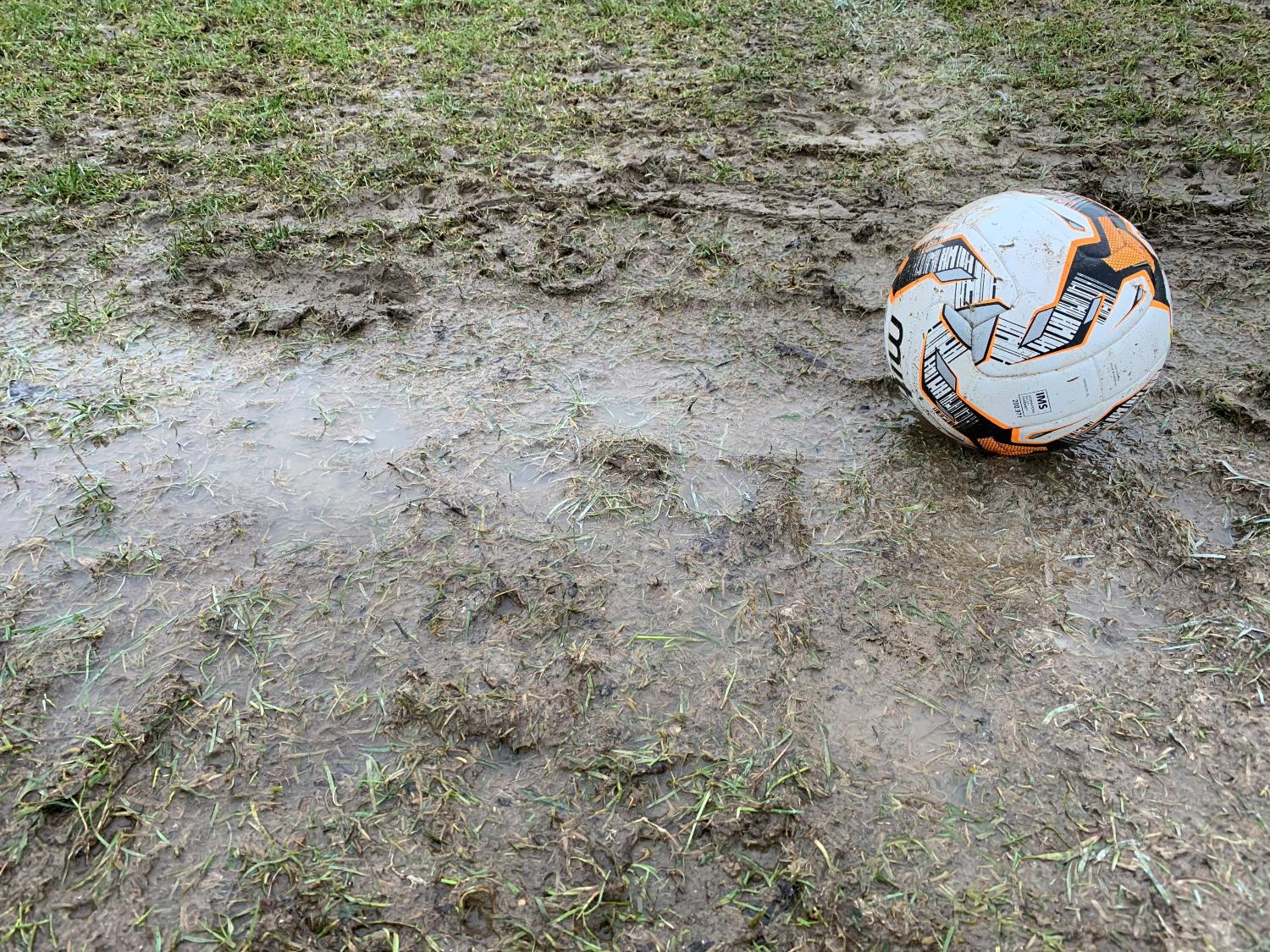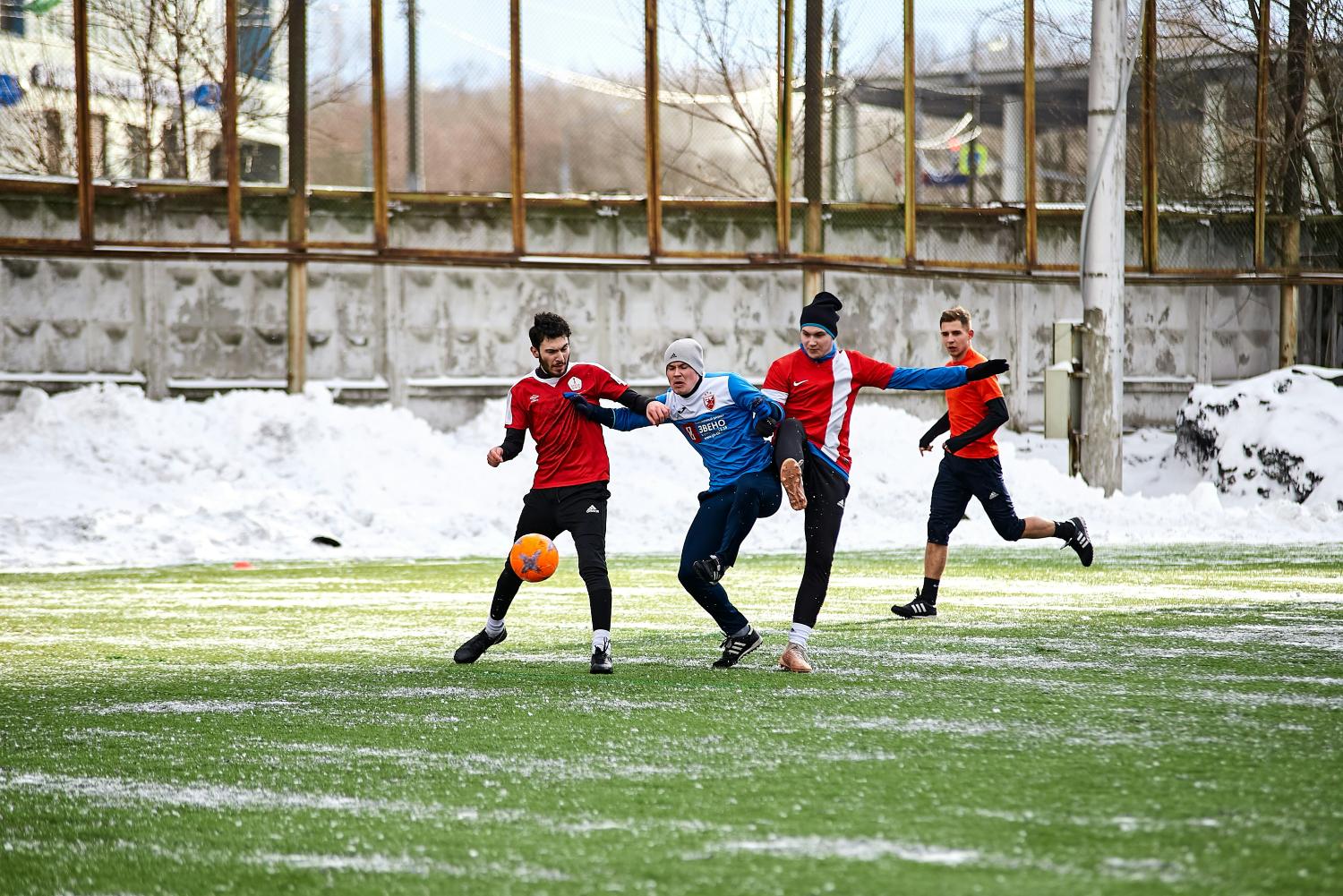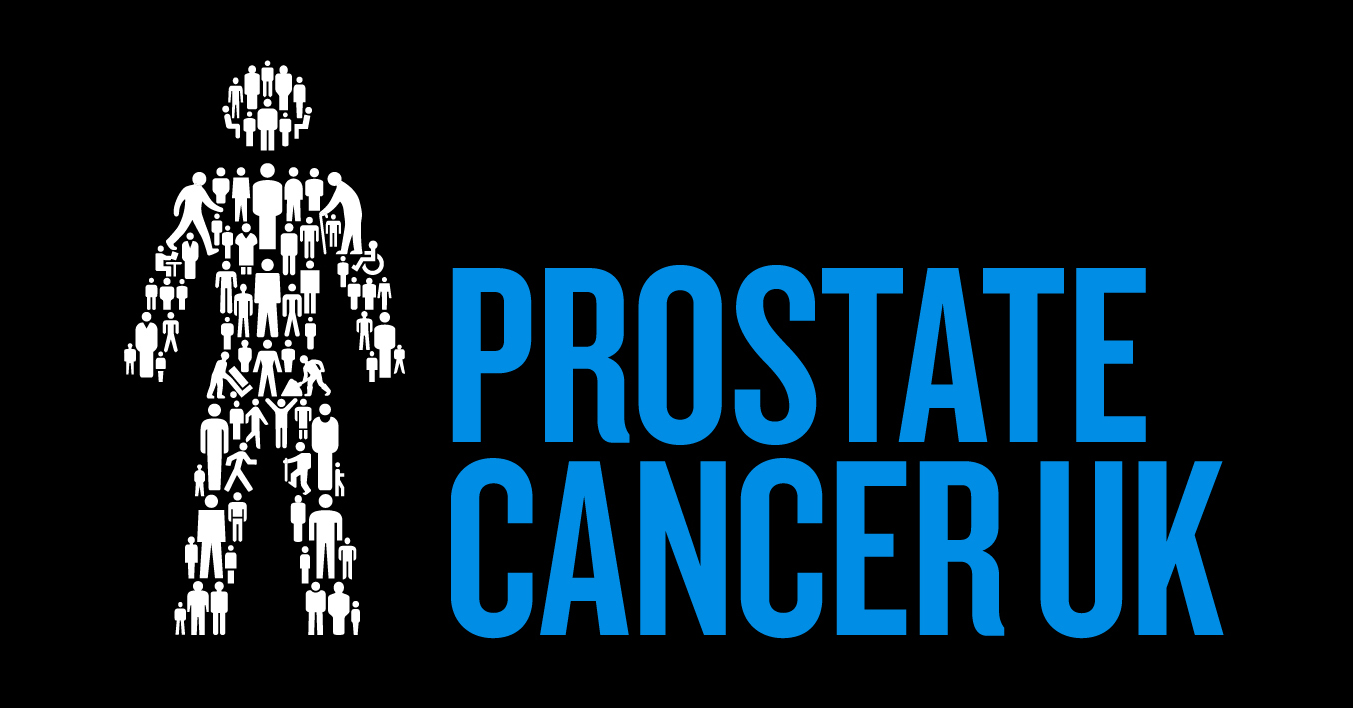Risks and Management for Clubs over Winter
Many clubs will decide to stay open over winter and New Year to profit through the festive period. While most sports clubs like to close up over winter, in a time of uncertainty and financial strain for clubs, yet a whole host of social clubs and sports clubs benefit over the winter months.
From winter weather to festive lights, from increased deliveries to changeable safety measures. Club Managers need to be aware of the unique risks posed at winter, and know how be to reduce the likelihood of a claim.
With the help leading Health & Safety consultancy, Stallard Kane – Club Insure have put together a brief list of safety recommendations tailored to sports clubs and social clubs.
Here is how to protect your sports club when staying open for winter:
For information on winter lockdowns and closing for winter – see our 5 biggest risks faced by clubs at winter article.

Winter Safety for Sports Clubs or Social Clubs
Watch out for Winter Weather
Winter brings slippery conditions caused by ice and snow. Equally, puddles and rain can mean wet floors indoors, which significantly increases the risk of slips, trips and falls. Employers must be proactive in identifying and managing these hazards.
- Clearing pathways and entrances – Regularly gritting or salting walkways and car parks is essential to prevent ice building up and reduce the risk of slipping.
- Signage for wet floors – It is nearly impossible to prevent indoor areas being hazardous due to the winter weather. Ensure you have appropriate health and safety signage for wet floors. Have someone on look out for wet areas who can clean them up quickly. (To learn more about what signs to use, visit Stallard Kane)
- Proper footwear – Send out a newsletter or bulletin to members which encourages the wearing of appropriate footwear. Good grip during winter will help avoid slips on ice or wet surfaces.
Conducting a risk assessment to identify areas where slip risks are higher can help create a safer environment.
Check out Club Insure’s risk management information, and to acquire a free risk assessment template, contact us.
Be Safe when Decorating for Christmas
Decorations add festive cheer, but will introduce increased risks and hazards. If not properly managed, this risks can be substantial and lead to a serious claim.
- Electrical safety – If your club put up, illuminations, lights or electronic decorations, ensure they are PAT tested before decorating, and in good condition. Don’t overload sockets and ALWAYS turn off decorations when leaving the office to reduce fire risks.
- Putting up decorations – They might look beautiful, but Christmas trees, garlands, and other decorations need to be securely fastened to prevent them from falling and causing injuries. Keep decorations away from heat sources like radiators and space heaters to reduce fire risk. Ensure staff do not stand on office chairs or other unsafe objects when putting up decorations.
- Trip hazards – Make sure that decorations, especially cords for lights, do not obstruct walkways. Use proper cable management to prevent people from tripping over wires.
Getting Ready for Increased Deliveries and Higher Levels of Stock
Clubs should expect an increase in deliveries and stock levels upon the lead-up to Christmas and New Year. Overburdened stock areas increase the risk of accidents.
- Safe stacking – Ensure stock is safely stacked and stored to prevent items from falling and injuring staff. Stock should not be stored in open areas, walkways or left outside.
- Inform staff about proper handling procedure – Reminding staff about proper handling form is critical. Consider training to reduce the risk of back injuries or strains.
Fire safety is different over winter
Fire risk is increased during winter months, whether from heating systems, illuminations or electrics. Fire safety need to be prioritise and reviewed by club managers.
- Check fire alarms and fire extinguishers – Maintenance of all fire alarms is legally required. Fire extinguishers must be serviced regularly also.
- Review emergency exits – Keep emergency exits clear of festive decorations or winter stock. Don’t allow decorations or illuminations to block fire safety signage.
- What Heating Equipment is in use? – All portable heaters need to be used safely. Keep them away from flammable materials.

Injury likelihood rises over winter, be prepared
Specific injuries are more common during the winter months. Winter injuries include slips on ice, burns from heaters or lights, manual handling strains.
- First aid kits – Have your first aid kits stocked and ready. Include some hand warmers and empty hot water bottles. Necessary first aid supplies need to be easily accessible.
- First aid training – Know who the first aiders are at your club? You need people ready and trained to address injuries promptly and efficiently.
Hand out winter driving tips
Driving risks increase over winter. Employees who drive as part of their job should be offered tips on safe driving.
- Winter driving advice –Ensure staff know toregularly maintain their vehicles, check that tyres, tyre pressure is adequate, and windscreen wipers ar ein good condition
- Helpful items – Some clubs offer out antifreeze, this can be placed in the car radiator and windscreen wash systems.
- Emergency packs – Advice on emergency packs is helpful, such as what provisions to have ready in case of unforeseen circumstances. Some clubs may choose to hand these out to members.
- Education – Educate your members on how to handle various weather conditions and consider offering guidance on what to do during an extreme weather event.







